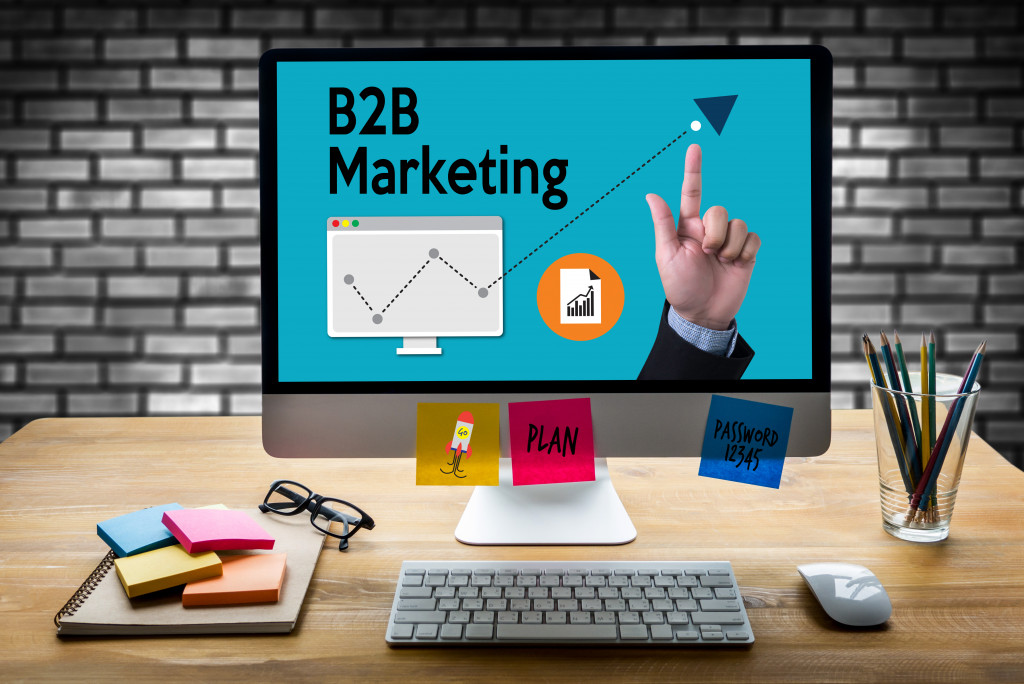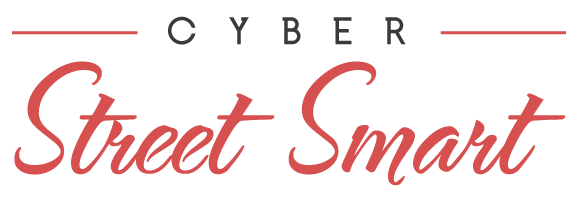The pandemic has undeniably changed how countries, businesses, communities, and individual members of society move through the day today. Global economies came to a standstill in an effort to contain the spread of the virus and prioritize the health and safety of their citizens at home and abroad. Big and small businesses alike suffered sizable hits to their bottom lines as some were forced to halt operations because of government restrictions, problematic workforce logistics, and overall change to their business models.
However, despite the adversities these companies have faced, we’re seeing a somewhat puzzling trend in the new normal. While yes, there have been countless instances of companies closing their doors for good and an astounding rise in the unemployment rate, there have surprisingly also been success stories to come out of the pandemic.
Cleaning services, website developers, delivery applications, manufacturing, marketing, and advertising have all seen quite the increase in demand despite these trying times. While these could be considered happy coincidences due to the fact that these specific services were needed because of the circumstances brought by the pandemic, this hasn’t been the primary factor in their success.
In the modern age of technology and the internet, these businesses have found new and creative ways to stay ahead of the curve during these trying times. Quick thinking and the efficient pivoting of essential business models have allowed for the seemingly seamless integration of these businesses into the new normal. While no two companies will tackle the pandemic’s challenges, in the same way, there have been significant overlaps in certain areas.
E-commerce platforms

Busy cities became ghost towns during the height of the pandemic as citizens were confined to the four walls of their homes for the better part of a year. With so much of the consumer market indoors, brick n mortar stores closed up shop and were unsure as to what the future would bring for in-person purchases.
However, businesses with an established online presence and eCommerce capabilities saw an increase in market share as consumers flocked to the internet to make their purchases. Third-party websites that facilitated online purchases’ sales and logistics also became extremely popular as many local and prominent brands joined their ranks. What was previously considered an alternative avenue for sales quickly became the fastest-growing asset for continued market retention.
This, partnered with the increased market share of e-wallets and online banking, worked together to shift consumers online successfully. Many institutions also started allowing users to register and create bank accounts online to facilitate increased cashless payments.
Mobile app deliveries
In the same vein, mobile applications that offered quick and convenient ways to make purchases and have delivered straight to your door also became popular. While these applications were already known for their ride-sharing services a few years prior, the consumer delivery function wasn’t something that stood out before the pandemic arrived.
The applications were especially useful for food deliveries as fresh produce and local markets became harder and harder to frequent. A significant part of the population was stuck at home adjusting to the remote setup, increased childcare needs, and an overall increase of stress and anxiety. A convenient order from their favorite local restaurant became favorable over slaving over a hot stove and cooking a meal.
Numerous local restaurants credited these deliveries app as they served as the primary avenue for sales during lockdowns. Even in this new normal where we see more and more restrictions lifted, businesses continue to engage these services to reach consumers and limit their logistical costs.
Going digital
As the market moved to online markets, marketing and advertising efforts also went through a transformative period. Traditional marketing practices were enhanced to consider social media advertising, engagement, digitalized campaigns, and new consumer behaviors. While some strategies and concepts may have remained the same, the key difference between traditional and digital marketing is the medium in which consumers encounter an advertisement or marketing message. Traditional marketing focused its efforts on mediums such as print ads, TV commercials, and even radio.
At the same time, the digital landscape switched to utilizing different social media platforms, search engines, and many other websites. Not only does digital marketing have significantly reduced costs, but it has also allowed businesses to obtain real-time information regarding the campaign’s efficacy. Companies all across the board from different industries have all started switching to digitally-focused campaigns instead of what once was the golden era of advertising on prime-time TV.
These are just some of the ways businesses have chosen to transition into the digital era. As the new normal continues to unfold, more and more sectors are geared up to take on new consumer behaviors and market trends.






